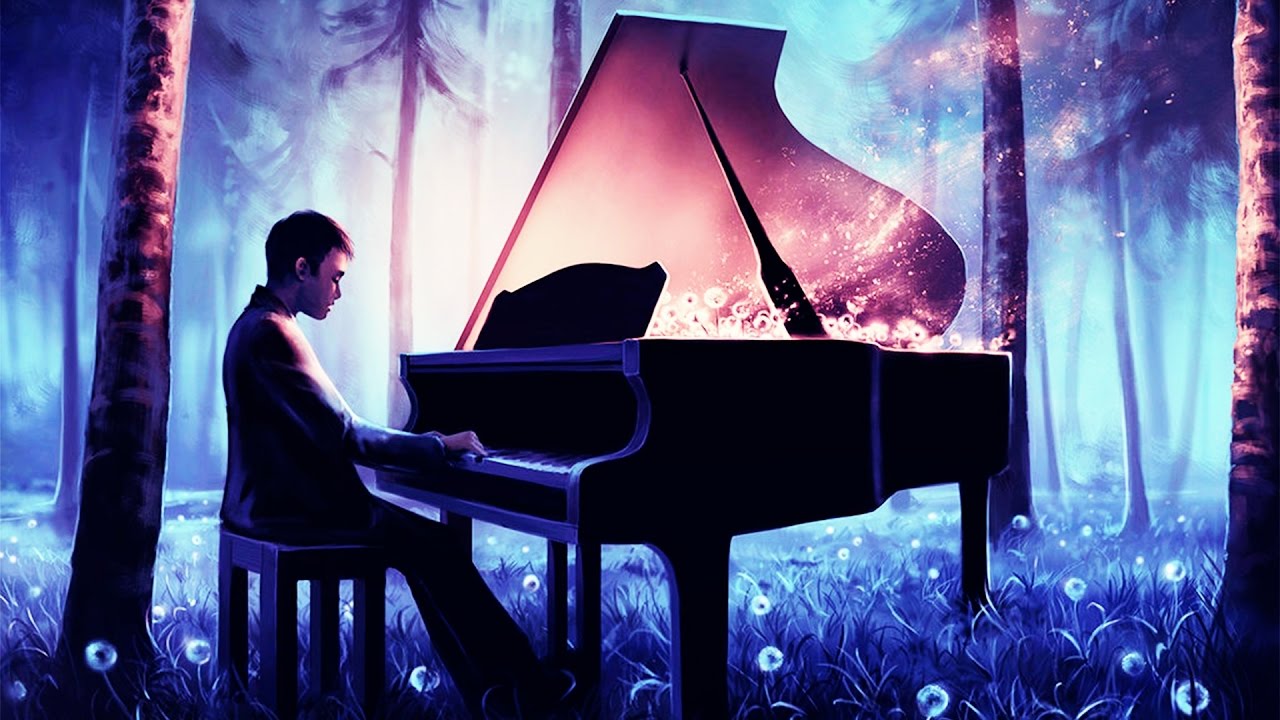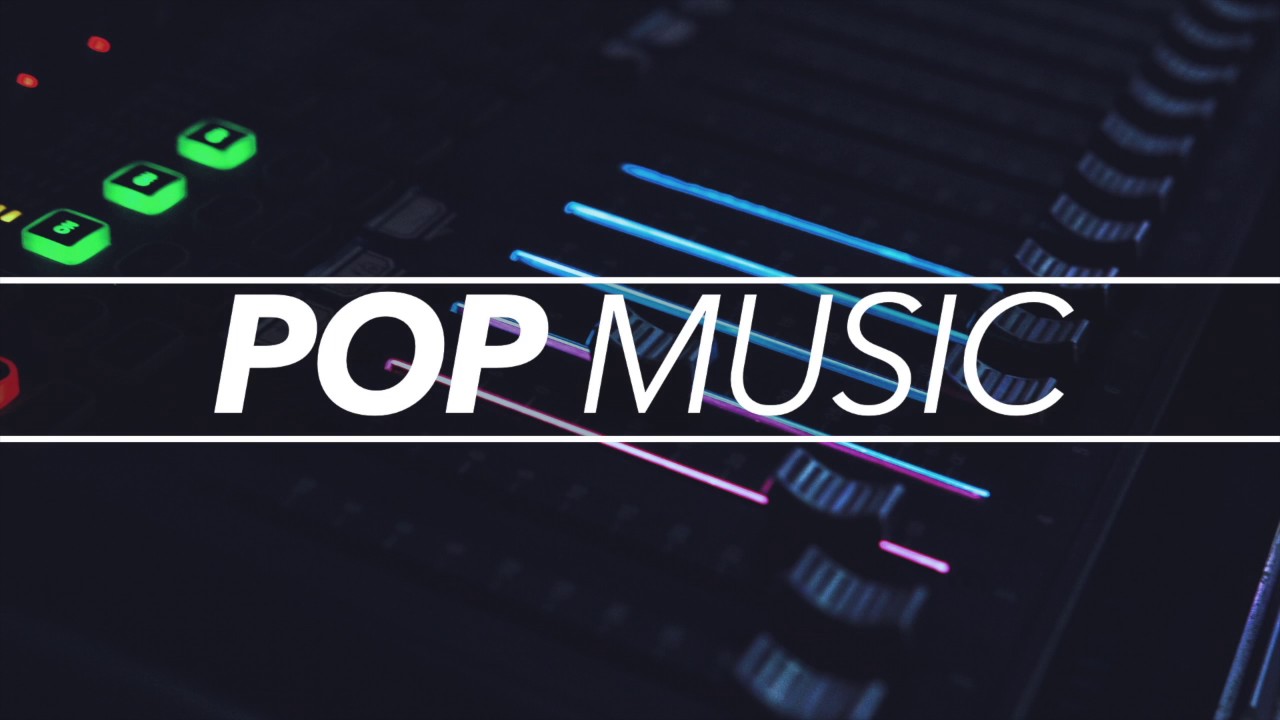I love music. I’ve written several recent articles about the aspects of music. These have been along with the topics as might be found in an “understanding music” course. Many of us are discouraged or intimidated by something like music. It seems hard but often it is only because we don’t have simple “keys.”
This article will relate to the rhythm. I’m 60-years-old. As long as you are younger than me you have probably danced or been to a dance which means you’ve listened to music and you have “felt” the rhythm. Rhythm is what makes you want to start to bend your knees, tap your foot, and dip your shoulders. It also makes you want to grab your partner and either rock or sway.

Technically what is rhythm?
Rhythm is a reoccurring pattern or pulse; it is music in time.
I have linked to some different rhythms.
Rhythm is simply “measuring” beats. If you slap your hand continuously in time to your heartbeat that is a beat but it is not measured. It just goes on. While you’re no doubt happy your heart is continuing to beat it probably doesn’t make you feel like dancing.
Go to the link of “Itchycoo Park” by the Small Faces by clicking here on gudang lagu. Some members of this group would later become Faces and back singer Rod Stewart. Listen to their music and you will notice two distinct beats, one with much more emphasis. This is termed “two-four” time sounding like this: “One-two.” The emphasis is on the second beat. Some songs with that type of rhythm may have a strong beat on the first beat. I’ve also linked to a marching band that also has a two-beat system but still manages to carry a different rhythm.
One of the beautiful types of music is the waltz. I’ve also linked to that. It is three-four time. The emphasis is on the first note of three so that it goes “one-two-three, one-two-three.”
There are many, different beats such as Jazz and Blues and, that is just American Music.
While American music deals with measures that start with groupings of four beats if you consider Northern India music you will find it has 16-beat cycles and can hit 108 beats. It is to my untrained ear a very difficult rhythm.
Some Japanese music actually has no written time or rhythm. The rhythm is based on the breathing patterns of the player of the instrument.
African rhythm is best illustrated by their drums. Two things can be evaluated. The rhythm of the drums in particular music follows the speech patterns of the part of Africa the music is coming from. If that particular part of Africa reflects people speaking very fast that is the type of drum “riffs” you will hear.

While we think of music in terms of performance, it is more than that. Music is about our life and our feelings. We respond because it touches us. Some songs make us laugh, some make us cry and some make us dance.
For me, music is a rope of memories. I hope you will spend a little time investigating the wonder of music.